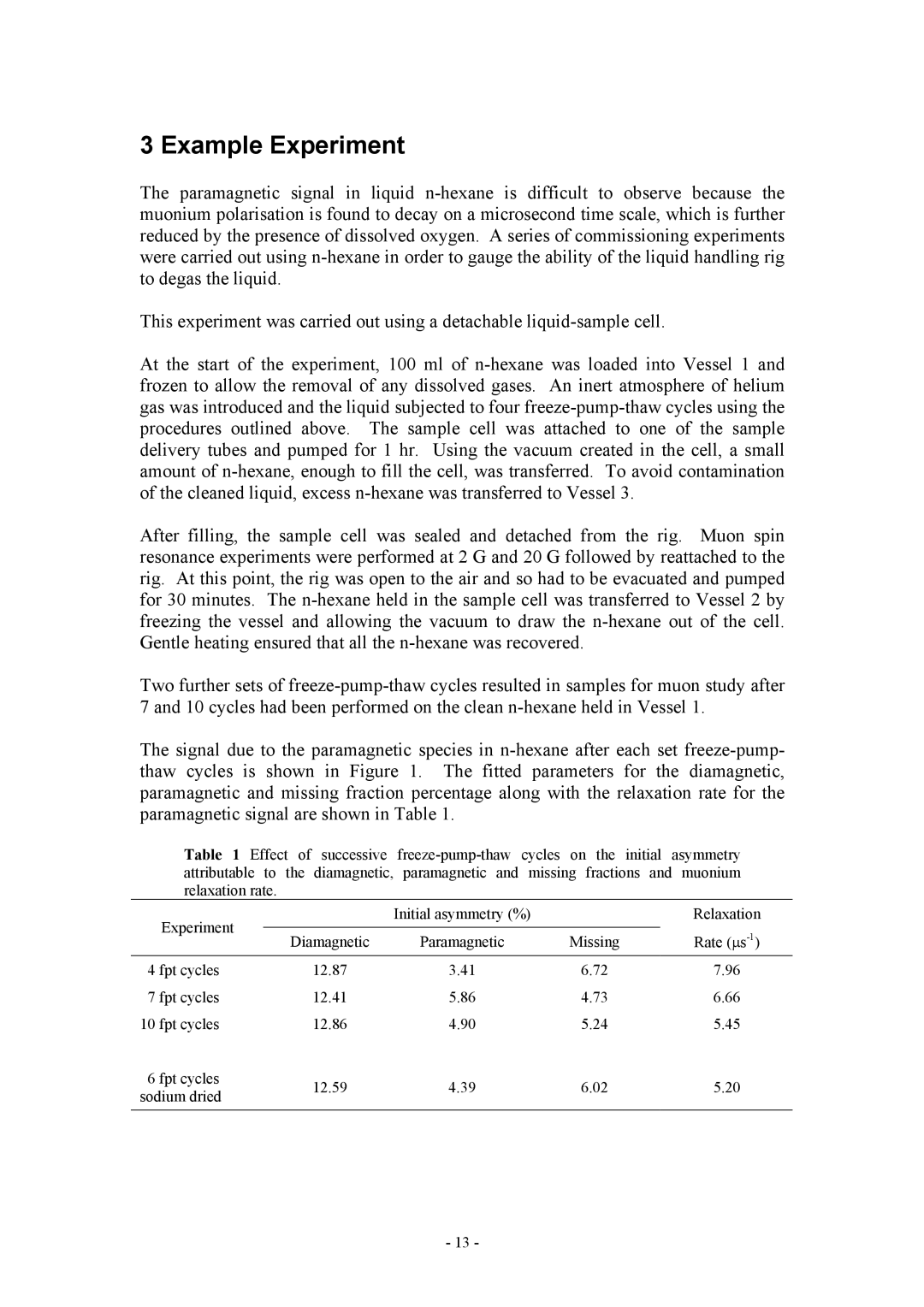None specifications
Boca Research, a prominent name in the realm of computer hardware and technology, emerged in the mid-1990s, focusing on developing high-performance peripherals and connectivity solutions. Initially known for their innovative products in the modem and network card markets, Boca Research set a precedent for compatibility and reliability in personal computing.One of the flagship products of Boca Research was their line of dial-up modems, which became a staple in households and offices as the internet began to gain traction. These modems were designed to be user-friendly and accessible, catering to both novice users and tech-savvy individuals. With features that included plug-and-play installation and robust driver support, Boca Research modems facilitated seamless internet connectivity, contributing significantly to the increasing popularity of online services during the late 1990s.
Boca Research also made significant strides in the production of network interface cards (NICs), which allowed computers to connect to local area networks (LANs). Their NICs were engineered for optimal performance and were often lauded for their stability when handling data traffic. Support for various protocols ensured that users could easily integrate Boca Research's products into existing network infrastructures without compatibility issues.
In addition to these core products, Boca Research expanded its portfolio to include various accessories and add-ons that enhanced the computing experience. This included video capture cards, which allowed users to record and edit video content directly on their computers, and high-quality sound cards that delivered enhanced audio experiences for gaming and multimedia applications.
The proprietary technologies developed by Boca Research placed a significant emphasis on user experience, reliability, and performance. The company was known for its commitment to customer support, ensuring that users received timely assistance and effective solutions to any issues they encountered.
As a pioneer in the peripheral and connectivity market, Boca Research's contributions helped shape the landscape of personal computing during a pivotal time of technological advancement. Their blend of innovation and practicality made advanced technology accessible to users, reflecting a dedication that resonates in the industry even today. Though the company's presence in the market has diminished over the years, its legacy continues to influence many aspects of contemporary computer hardware development.
